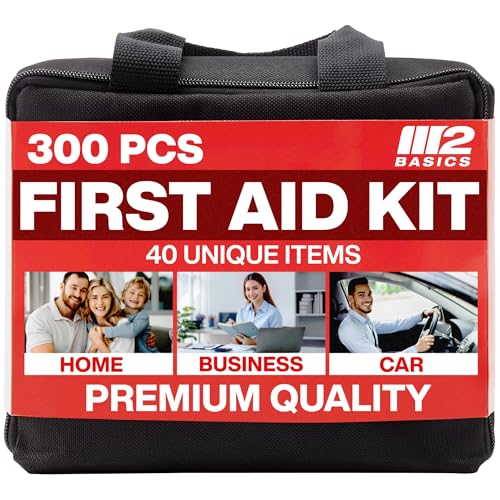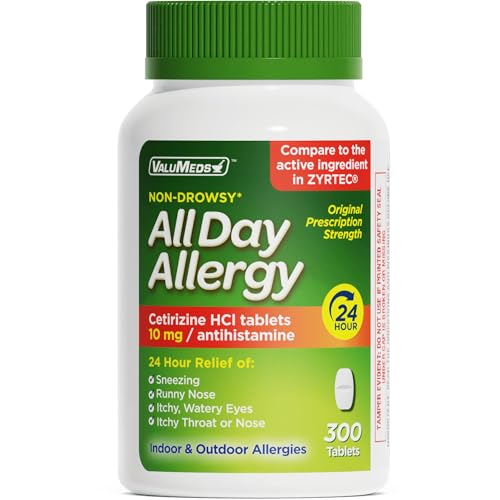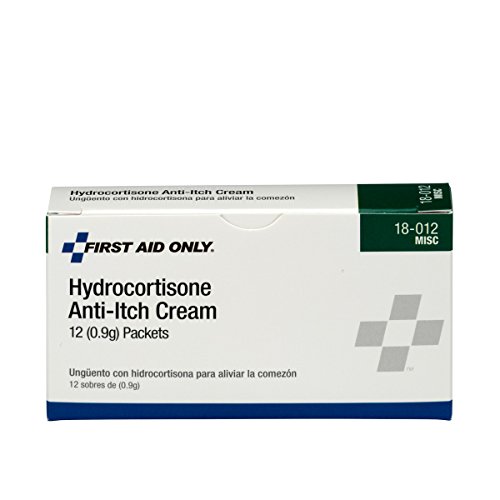As an Amazon Associate I earn from qualifying purchases.
The simple fact is that backpacking, camping, or hiking is more fun when you are well prepared with the correct gear. One of the most important components for any backpacking trip is, you guessed it, a well-made first aid kit. The age old adage, “better to have it and not need it, than to need it and not have it”, is how everyone should think about their first aid kits. The extra bulk and weight of a first aid kit is always worth it knowing that you can travel safely through the backcountry and be prepared for anything.
In this buyer’s guide we will address some FAQs and then propose some of our favorite gear choices to help you create the best backpacking first aid kit possible.
Should You Build your Own First Aid Kit or Buy Pre-Made?
First off, let’s address the first option to decide – do you want to buy a complete kit or do you want to “build your own” kit? There are pros and cons to each, but we believe that the best way is to build your own. As always going DIY gives you the maximum customization options.
If you build your own first aid kit then you know what you have, you have a good checklist, and you can replace individual items as needed. If you buy one of the pre-built kits they may have some things you want or need and some that you don’t. Replacing individual items when used can be difficult if bought in a package deal, but buying a first aid kit all at once does have an element of simplicity to it that is attractive – just hit buy and you’re done!
We include a list below of our top choices for the best pre-made backpacking first aid kits if you want to shop them and see what they include. The rest of this writeup will deal with how to assemble your own personalized first aid kit and what to include. This will give you a nice checklist for your first aid kit as you DIY.
Best Backpacking First Aid Kits (Pre-built):
Last update on 2025-11-02 / Affiliate links / Images from Amazon Product Advertising API
Gear list to build your own backpack first aid kit (DIY Option):
Just about everything you need to build your own first aid kit for backpacking, hiking, camping, fishing, hunting or just about any other outdoor activity is included in the table below for quick reference. Read ahead for all the write up and reasons behind our picks. And of course feel free to let us know if you think we left anything out (and add your own special twist – that is the best thing about DIY kits!
Last update on 2025-11-02 / Affiliate links / Images from Amazon Product Advertising API
Frequently Asked Questions about Backpacking First Aid Kits
What are the most important components of a first aid kit?
The basics of a good first aid kit are: first aid tools, antiseptics for cleaning the injury, injury treatment supplies, and medicine for pain management.
How much of each do I need?
To answer this question, it’s important to think about how many people are in your party. Are you backpacking alone (hopefully not) or in a group of 3? The amount of bandages, medicine and other gear should be appropriate for the size of group and type of trip.
How often should I restock my first aid kit?
It is recommended to check the inventory of your kit before and after each trip. Check the quantity of things and their expiration dates. The last thing you want when treating a wound are bandages that are so old they’ve lost their adhesive.
How to Build Your Own Backpacking First Aid Kit for Hiking, Camping, and other Outdoors Activity
Now that we’ve answered some FAQs, let’s get to the fun part and talk about the gear! Below you will find the four most important categories that every good first aid kit should include: (1) the basic first aid instruments themselves; (2) wound irrigation & sanitation; (3) wound treatment; (4) pain relief & management.
Within each category are some of the best options, a short description and links to the items on Amazon. Whether you are completely customizing your first aid kit, restocking an old one or making changes to your current gear, we recommend organizing your first aid kit in the following way.
The Tools of the Trade
It is crucial to have all your materials stored in a single kit that is nicely organized. This could be a bag specifically designed as a first aid kit, or as simple as a Ziploc. If you choose the first option, you would be hard pressed to find a kit that is not already fully equipped. They will come ready to us with the basic materials, but even those can be further customized to fit your needs. The bag should be organized neatly so that all your tools can be found quickly before providing treatment.
One of the first steps before providing first aid is the application of gloves. Protecting the caregiver from potential contamination from blood borne pathogens is paramount. Nitrile gloves, or latex gloves are preferred. Gloves sometimes don’t come standard in first aid kits, so it’s always important to stash a few pairs. It is important to know that some patients might have an allergy to latex.
Tweezers and scissors, sometimes referred to as “trauma shears” or “forceps”, are also key components to a complete first aid kit. Tweezers are good for removing splinters and stingers. Scissors are useful for cutting bandages, steri-strips, mole skin and clothing. The tweezers and forceps that we have linked come in a convenient combo pack.
Lastly, and depending on your training, a CPR face shield is a good item to include in your kit. They are compact and can help you safely save a life. More important than the face shield however, is proper training and certification on CPR techniques.
Wound Sanitation
In the case of an injury, the first important step is to sanitize the wound itself and the area around the wound as best as possible. There are a couple good ways to do this.
The most basic is method irrigation. Irrigating the wound can be done with a local water source (as long as it’s running), like a river, or by pouring water over the wound with your water bottle. It is worth considering carrying a liquid syringe in your kit as well. We like the Frienda syringes because they come in a 4-pack to accommodate different uses.
Wipes can also be used to sanitize the injury. These Medpride Alcohol Prep Pads are individually packaged, sterile, compact, lightweight and perfect for cleaning around an injury. Afterwards they can even be used as a fire starter instead of thrown away.
Another good item to carry in your first aid is a miniature bottle of soap concentrate. Soapy water can be used to clean any wound. The best in the business is Campsuds. It is biodegradable so it is safe for the body and the earth. Carrying soap is versatile because it can also be used for bathing in the backcountry and cleaning kitchen supplies.
Wound Treatment
Once the wound has been properly irrigated and cleaned, it is safe to provide treatment. The most common treatment for simple injuries are bandages. No products found. is the trusted option. Their cloth bandages are often the most robust. For water-resistant bandages we like Nexcare. These are great if you know there will water along the way, like rivers, lakes or oceans.
For larger injuries or burns, Medpride gauze pads are very useful. They can be secured using first aid tape. No products found. from Dynarex is also very useful. It can be used to wrap an injury, or in particularly serious injuries like impalement, used to stuff wounds and stop bleeding.
For incisions or cuts that will eventually require stitches, 3M steri-strips are a great alternative for the backcountry. Butterfly bandages also do a decent job closing wounds.
One of the most common injuries on a backpacking trip are blisters. Having some moleskin in your kit is vital. It does a great job of relieving pain and helping you reach your destination.
Risk of a sprained ankle or knee on your trip is also very common.Elastic bandages are the perfect tool. They compress the injury, reducing swelling, and add vital support to the injured area. We recommend the bandages without the metal closing clips.
Speaking of support and compression, bringing Dynarex triangular bandages on your adventure is a great idea. They can be used to create a sling and swathe if, for example, someone has fallen and broken their wrist, arm or collar bone.
If that is the case, the usage of a SAM splint may also be a good idea. These tend to be a bulkier item in first aid kids, but they can add support similar to a cast if a limb, like an arm, needs to be protected and immobilized.
Pain Management
After the injury has been cleaned and/or treated, managing the pain is the logical next step. Having some over-the counter medication in your kit is very useful. Simple anti-inflammatory medication like ibuprofen or acetaminophen can help reduce swelling and pain.
Common allergy medication may also be a good idea. If you know you are allergic to bees or other bites, or sensitive to pollen, having some antihistamine medication is crucial.
Another medication that should be in every backpacker’s first aid kit istopical cream for burns. One of the most common injuries in the backcountry are burns from boiling water during the cooking and/or water treatment process.
Lastly, if you know your body is easy bait for critters and mosquitos, having some sort of topical cream for bites can be very helpful. The individually packaged hydrocortisone cream from First Aid Only. The cream will help reduce the want to itch, and therefore, reduce the risk of infection at the site of the bite.
It should be noted that before adding any medication to your first aid kit, it is very important to read and understand the directions and proper usage of the medication.
Backpacking is an exciting activity and an excellent way to explore the outdoors. Preparing yourself with the right gear for the adventure is also part of the fun. Making sure that your backpacking first aid kit is fully equipped and customized for your needs is part of the preparation process.
Have fun and be safe!
Amazon and the Amazon logo are trademarks of Amazon.com, Inc, or its affiliates.




























